
12 Tips to Quit Retail Therapy and Boost Your Finances
When you have a bad day, do you head to Target? When you are bored, do you shop online? When you have cause for celebration, do you splurge on something new?
These are all common ways to engage in retail therapy.
The problem is that retail therapy is not true therapy.
It is simply a way to get a quick dopamine boost and improve mood.
But retail therapy adds up.
Mint explains, “Roughly half of consumers admitted to buying products to boost their mood. And, each emotional purchase costs, on average, $114.32. If you were to make one emotional purchase a month, it would cost $1,371.81 each year.”¹
Money doesn’t buy happiness. It’s time to say goodbye to retail therapy.
Keep reading for 12 tips to help you break your retail therapy habit and make healthier choices.
The Status of Retail Therapy Today
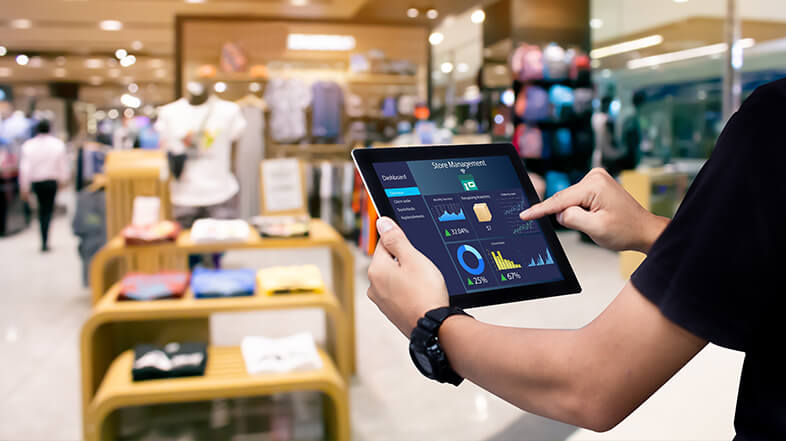
Research has been done to better understand why people engage in retail therapy and use it as an emotional crutch.
According to Better Help, “Studies have found that many people use shopping and browsing as a short lived habit to alleviate boredom and loneliness and to counteract uncomfortable or unwanted moods, such as residual sadness from adverse life events.”²
It’s important to note that retail therapy is not real therapy. At the same time, it is not considered a mental health issue.
However, retail therapy can quickly become a behavioral addiction, which can turn into a shopping compulsion or shopping addiction.
According to a 2006 study published in The American Journal of Psychiatry, “Compulsive buying (uncontrolled urges to buy, with resulting significant adverse consequences) has been estimated to affect from 1.8% to 16% of the adult U.S. population.”³
Years later, we can assume those numbers are closer to the higher end.
Why? Because post-pandemic, people are using retail therapy as an emotional crutch even more.
A 2022 Consumer Pulse survey explains, “US inflation grew to nearly 8.5 percent in March 2022, with the May 2021 to March 2022 period showing the highest inflation in a decade. Yet, US consumers spent 18 percent more in March 2022 than they did two years earlier, and 12 percent more than they were forecast to spend based on the pre-COVID-19 trajectory.”⁴
When people should be saving money, they instead turn to buying more to help them cope.
A 2023 survey by consumer platform Klaviyo found “consumers believe in spending during stressful times, such as the recent rise in inflation. The survey includes more than 1,000 people in the U.S., which found that more than 60 percent of people use retail therapy to improve their mood.”⁵
The same survey found “more than 45 percent of consumers say they treat themselves to retail therapy, with 49 percent of consumers reporting that they will indulge on discretionary items because they are stressed about the economy, while more than 35 percent state they are spending because they are stressed about the job market.”⁶
While occasional retail therapy is okay, many people are using retail therapy regularly as a crutch to deal with life’s stressors.
This is dangerous.
Ultimately, retail therapy can hurt your financial security, put you in debt, and make it more difficult to achieve your long-term goals.
Here are 12 ways to stop using retail therapy as an emotional crutch.
1. Identify Your Retail Therapy Triggers
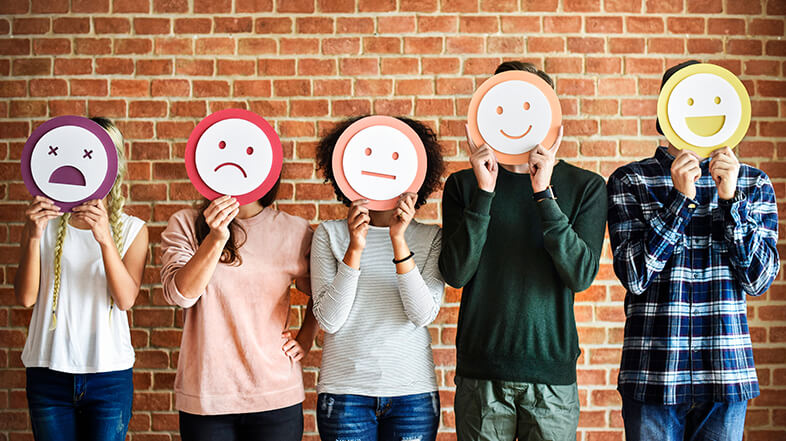
When are you most likely to engage in retail therapy?
Here are some of the common retail therapy triggers:
- Jealousy (social media scrolling)
- Guilt
- Fear (FOMO or fear of missing out)
- Sadness
- Achievement
2. Get Honest with Yourself
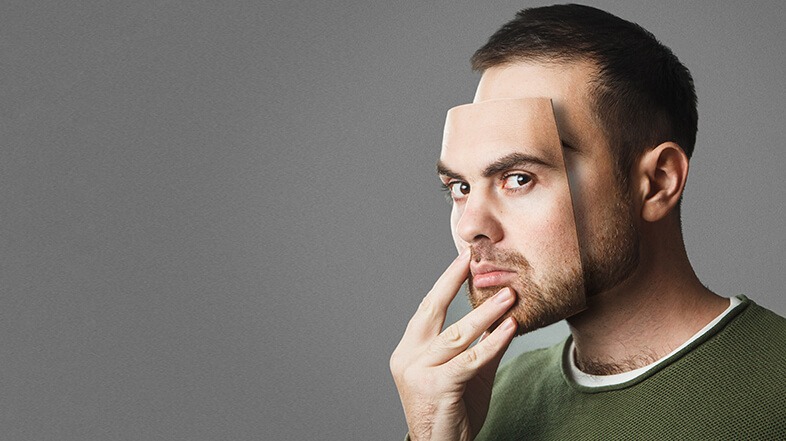
Now that you’ve identified your retail therapy triggers, it’s time to see how retail therapy is hurting you.
Look at last month’s bank account and add up all your emotional spending splurges. Then, ask yourself if what you spent your money on was worth it a month later. Do you still need it or use it?
3. Recognize Where You Shop
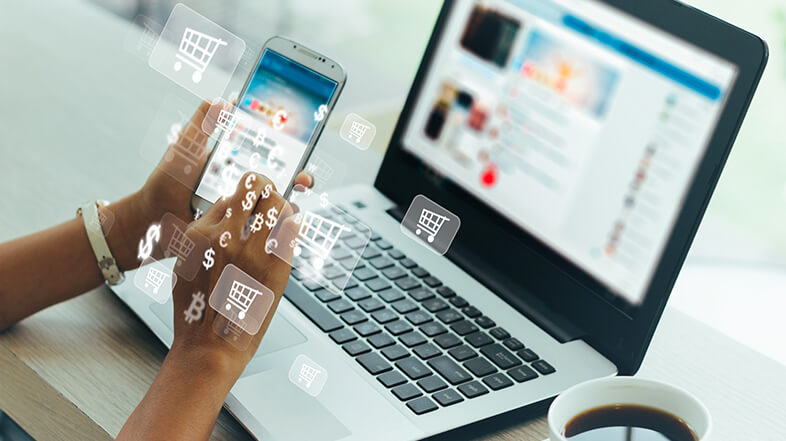
It’s also important to know where you tend to go when you want to engage in retail therapy.
For example, do you head to Target after a rough day at work?
Is there a regular happy hour spot you go to on Fridays?
When you are bored and lonely, do you find yourself scrolling Instagram and clicking the shopping links?
If you know where you tend to turn, you can make an effort to say no next time.
4. Create a Spending Budget

Life wouldn’t be fun if you couldn’t ever buy something you wanted. That’s why it is so important to create a budget that includes space for spending.
Make sure your budget is set up in a way that includes disposable income so you can occasionally spend for fun.
5. Keep Track of Your Spending
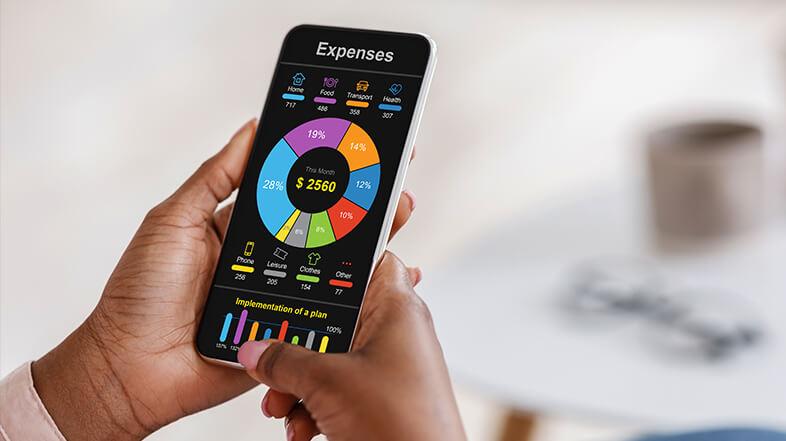
Small retail therapy purchases, such as nail polishes, add up. That’s why it is important to keep track of your spending.
Download a budgeting app that keeps track of your spending.
6. Delete and Unsubscribe
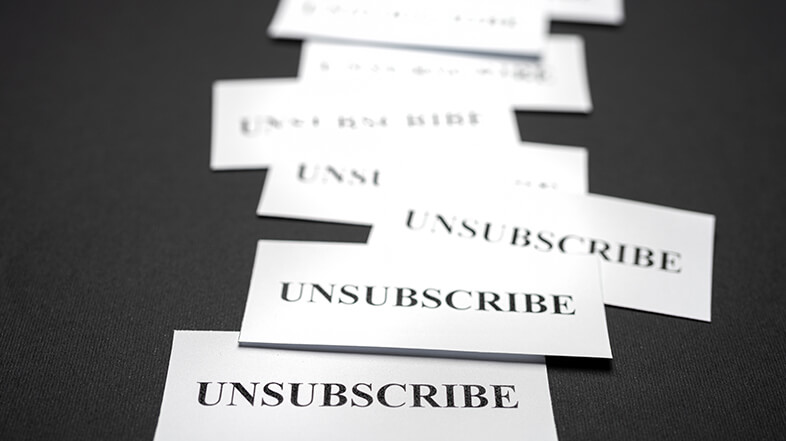
Marketers know how much people love retail therapy, and they know how to hit our emotional triggers.
With this in mind, go through your phone and delete your shopping apps and unsubscribe to store mailing lists.
7. Make It Harder to Spend Money

Have you noticed how easy it is to spend money these days? We no longer even have to insert our credit cards into the machine.
We can just tap our cards or our Apple watches and make a purchase in a matter of seconds.
Don’t make it so easy to spend your hard-earned cash.
When you are going out, leave your credit card at home.
Delete saved credit card information from online stores. Turn off Apple Pay. Use cash.
8. Find a Healthier Way to Cope
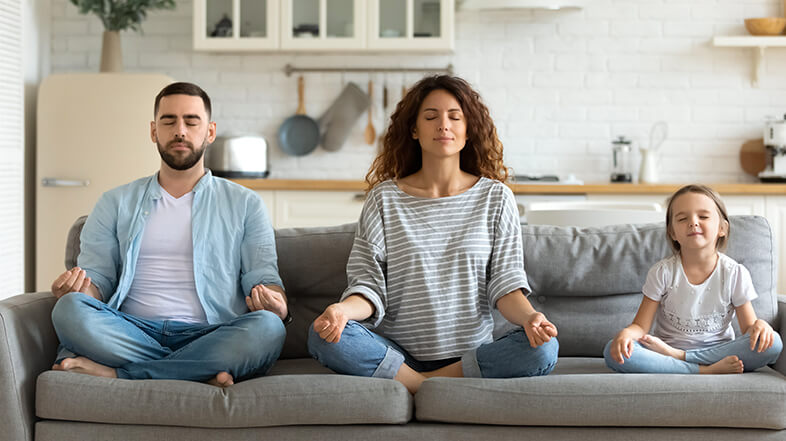
If you are using retail therapy as an emotional crutch, it means you are using it to cope with something going on in your life.
Fortunately, there are many other healthier ways to cope that won’t hurt your bank account.
Here are some suggestions:
- Take a walk.
- Exercise.
- Call a friend.
- Look at funny memes.
- Tackle something on your to-do list.
- Meditate.
- Pick up a book.
- Turn on your favorite song and dance it out.
9. Wait It Out

A major problem with retail therapy is that it typically involves shopping on impulse.
You see it, you like it, you buy it. Then, you suffer buyer’s remorse.
Instead, make it a habit to wait out purchases.
Sure, you got a boost of emotional joy just looking at that disco planter, but that doesn’t mean you have to buy it this very minute.
Instead, put it on the shelf of your wish list and walk away.
If you still feel like you have to have it 24 hours later (and can afford it), then buy it.
10. Pretend Shop

According to clinical psychologist Scott Bea, PsyD, “Whether you’re adding items to your shopping cart online or visiting your favorite boutique for a few hours, you do get a psychological and emotional boost. Even window shopping or online browsing can bring brain-fueled happiness.”⁷
With that in mind, do some pretend shopping.
Pretend shopping looks like window shopping without buying. Create an Amazon Wish List of items you want to “buy,” but don’t. Or create Pinterest boards of “maybe someday” items.
NOTE – This takes a lot of self-control, so if you aren’t there yet, skip this one until you are ready.
11. Always Shop with a List
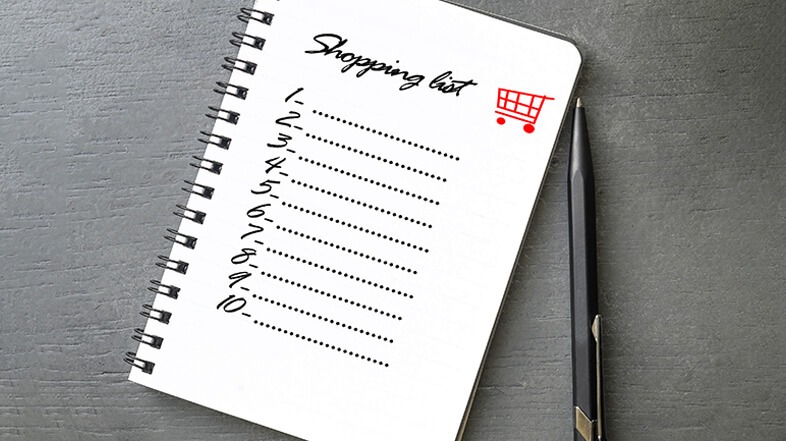
Instead of shopping for shopping’s sake, always shop with a list.
If you are heading to the store to pick up some needed items, such as new shoes for your kid who outgrew his latest pair, write down what you need on your shopping list.
If an item isn’t on the list, pass on it.
12. Get a Rush the Opposite Way

One of the reasons people turn to retail therapy is because it gives people “a sense of personal control over their environment.”⁸
The idea is that being able to purchase what you want feels like a personal achievement.
With that in mind, switch your thinking from retail therapy to saving.
Create a savings goal and get that same rush by watching your savings account grow closer to achieving your goal (such as a vacation).
Better Prepare for a Life of Abundance in Retirement. Check us out on YouTube.
Sources
- https://mint.intuit.com/blog/how-to/emotional-spending/
- https://www.betterhelp.com/advice/therapy/what-is-shopping-therapy-and-can-it-help-me/
- https://ajp.psychiatryonline.org/doi/10.1176/ajp.2006.163.10.1806
- https://www.mckinsey.com/capabilities/growth-marketing-and-sales/our-insights/how-us-consumers-are-feeling-shopping-and-spending-and-what-it-means-for-companies
- https://news.yahoo.com/consumers-turn-retail-therapy-during-133507229.html
- https://news.yahoo.com/consumers-turn-retail-therapy-during-133507229.html
- https://health.clevelandclinic.org/retail-therapy-shopping-compulsion/
- https://health.clevelandclinic.org/retail-therapy-shopping-compulsion/








